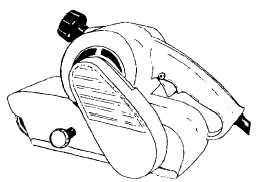
Figure 3-24.-Heavyduty 1/2-inch portable drill (view A) and light-duty 1/2-inch portable drill (view B).
Observe the following safety precautions when operating a portable power plane:
Make sure that the plane is turned off before plugging it in.
Make sure you disconnect the plug before making any adjustment.
Don't attempt to power plane with one hand - you need two.
Always clamp your work securely in the best position to perform the planing.
When finished planing, make sure you disconnect the power cord.
Portable Power Drills
Portable power drills have generally replaced hand tools for drilling holes because they are faster and more accurate. With variable-speed controls and special clutch-drive chucks, they can also be used as electric screwdrivers. More specialized power-driven screwdrivers are also available; these have greatly increased the efficiency of many fastening operations in construction work.
The two basic designs for portable electric drills (figure 3-24) are the spade design for heavy-duty construction (view A) and the pistol-grip design for lighter work (view B). Sizes of power drills are based on the diameter of the largest drill shank that will fit into the chuck of the drill.
The right-angle drill is a specialty drill used in plumbing and electrical work. It allows you to drill holes at a right angle to the drill body.
Observe the following safety precautions when operating a portable drill:
Make sure that the drill or bit is securely mounted in the chuck.
Hold the drill firmly as prescribed by the manufacturer of the drill.
When feeding the drill into the material, vary the pressure you apply to accommodate the different kinds of stock. Be careful not to bind the drill or bit.
When drilling a deep hole, withdraw the drill several times to clean the drill bit.
Portable Sanders
There are three types of portable sanders: belt, disk, and finish sanders. When using a belt sander (figure 3-25), be careful not to gouge the wood. The size of a belt sander is usually identified by the width of its sanding belt. Belt widths on heavier duty

Figure 3-25.-Belt sander.
Continue Reading